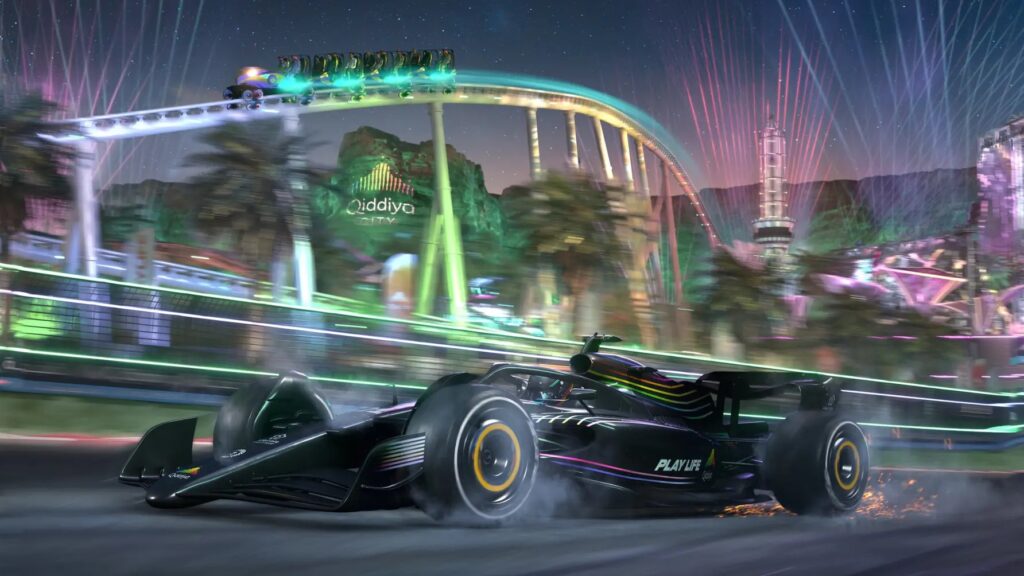How to unlock the power of Virtual Twins
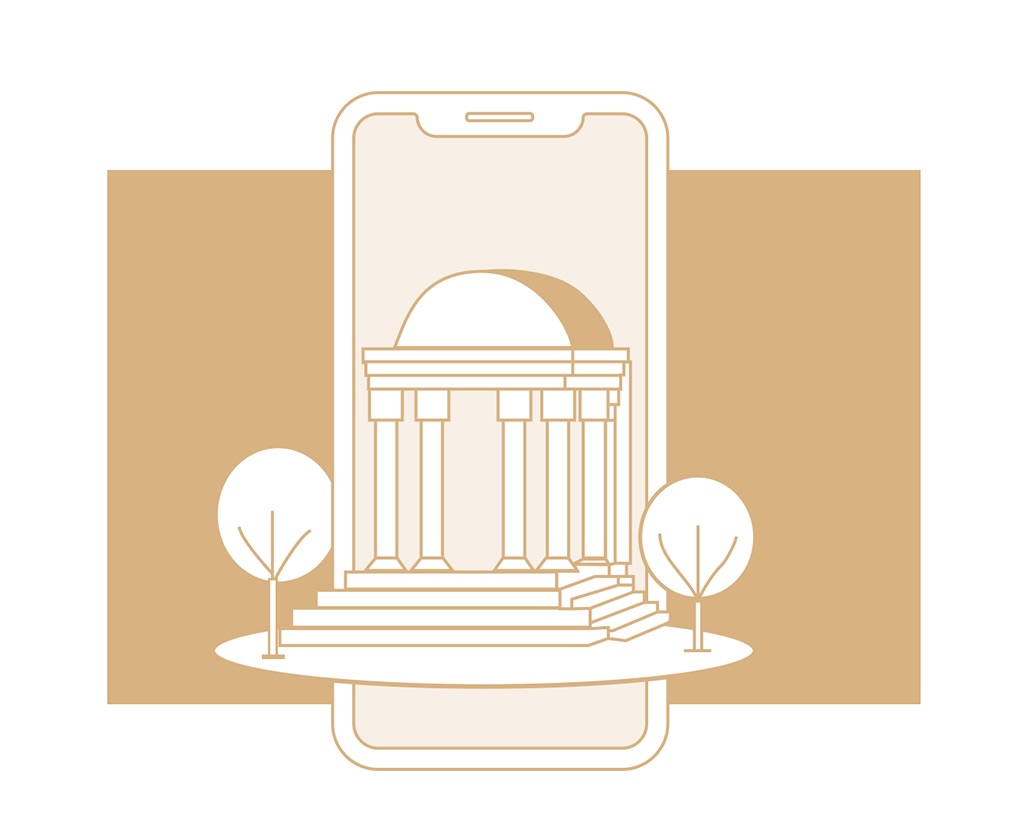
Having grown up within the ‘experience economy’ and console-era immersive gaming, today’s connected customer effortlessly zigzags in and out of physical and virtual worlds. We’re also on the cusp of a new era of spatial computing that features devices with immersive screens that we now wear rather than hold.
As a result, consumers expect companies to follow their lead, embracing all of the realities they routinely inhabit.
The advent of these virtual worlds offers a potent opportunity for creators and brands to broaden their horizons, but only if we harness the new tools of the trade and engage the next generation.
Fusion reaction: The limitless potential of blending realities
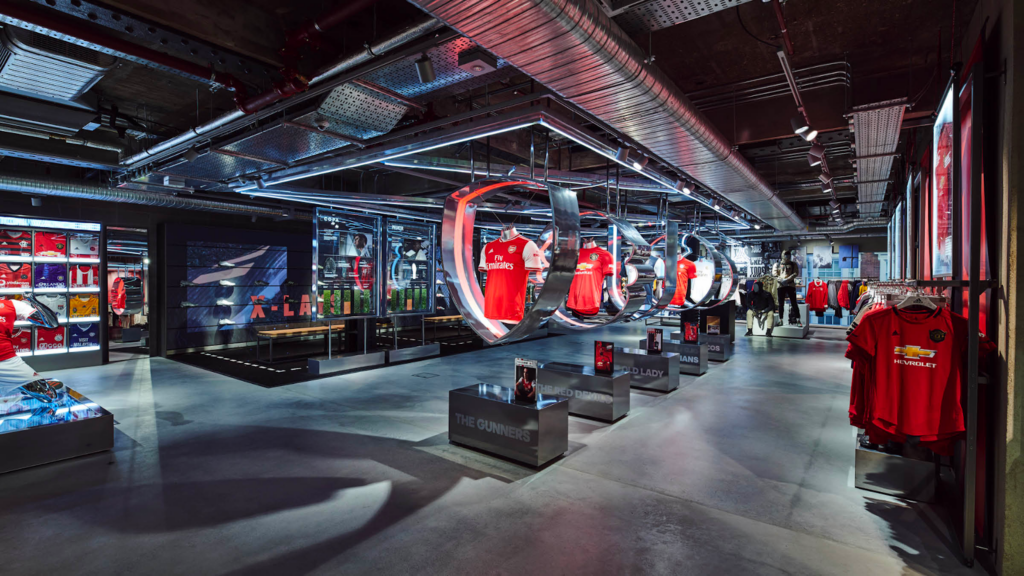
Many industries are already combining physical and digital worlds. They are creating consumer experiences that transcend the limits of traditional customer engagement:
- Retail is embracing immersive brand and product experiences that tell multi-sensory, persuasive stories.
- Galleries and venues are exhibiting rich, immersive hybrid experiences to deepen education, engagement, and enjoyment.
- Hotels are becoming smarter and offering the ability to personalize your (temporary) space through various digital techniques.
- Venues and live events blend different realities to create hybrid performances.
Customers expect immersive experiences that seamlessly merge the physical and digital realms, and competitive businesses are already making their presence felt in these areas.

Opportunity: Create the Best in Both Worlds
Until now, the merging of digital and physical realms has been mostly one-sided. Digital technology enhanced the flexibility, dynamism, and personalization within fixed and inflexible physical environments (think kiosks and QR codes).
In the current spatial era, digital technology reflects and imitates the physical nature of the real world, embracing a more three-dimensional approach. This is where Virtual Twin technology comes in.
Virtual Twins: Visionary Video Games
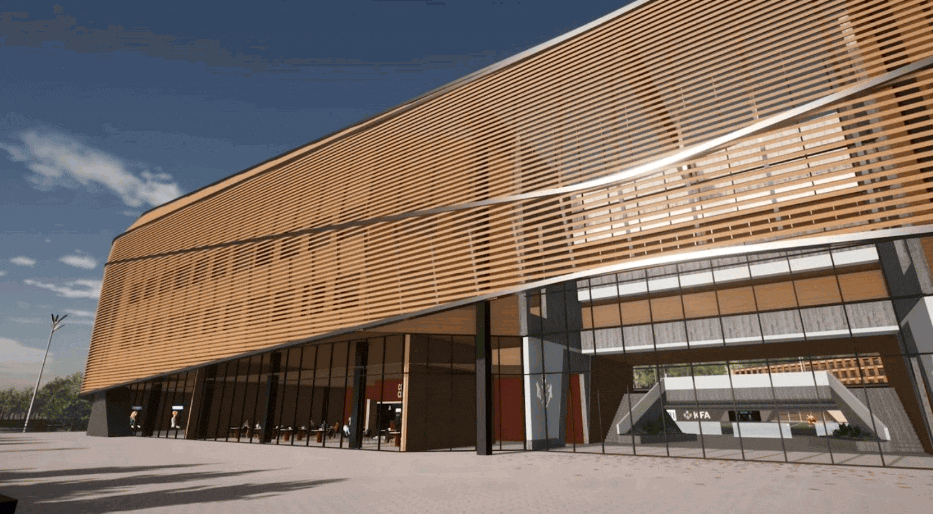
With a Virtual Twin as part of your tooling, an entirely new class of combined physical and digital experiences can be imagined.
Virtual Twins are real-time rendered 3D models of environments or objects that replicate or augment their ‘twin’ in the real world. They are either experienced at a human scale via immersive viewing devices — headsets or caves — or are streamed to standard devices like laptops, tablets, or smartphones, much like Netflix.
For museums and galleries, Virtual Twins offer entirely new types of visitor experiences, either mirroring the real world or extending into galleries with infinite shelf space. For those in travel and hospitality, destinations and venues can be previewed by customers before they travel. For retailers, products can be merchandised in incredibly persuasive ways or entirely synthetic goods sold in parallel worlds.
Question: Who Can Benefit?
Real-time 3D workflows have the potential to radically transform many sectors of business, including:
- Architecture, engineering, and construction
- Media, events, and entertainment
- Transport and automotive
- Consumer packaged goods
- Education and training
- Healthcare and medical
How to bring Virtual Twins to Life
How does a Virtual Twin come to life within three key industries?
1. Museums and Galleries
Digital Twins can extend the visitor experience before, during, and after a real-world visit.
Personalized tours can be planned and ‘trailed’ in a streamed 3D preview before a visit, so guests can familiarize themselves and customize their experience.
During the visit, static display objects can become augmented by animated overlays and interactive elements.
Post-visit, museums can provide experiences as souvenirs. Or, if a visitor missed an aspect of the museum they’d still like to see, they can do so digitally.
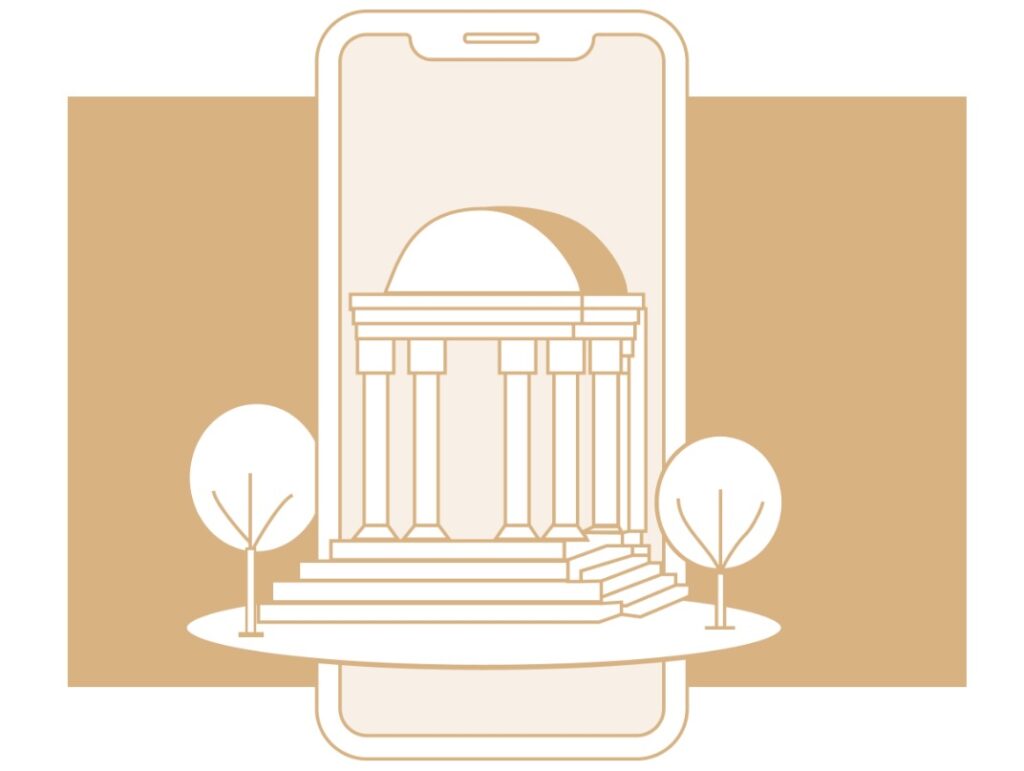
2. Travel and Hospitality
The possibilities of digital twins for travel and hospitality are endless. The tech can be used to create infinite marketing assets — at almost zero incremental cost.
Hoteliers can offer immersive tours of their assets, down to the individual room level, to help people choose their perfect stay.
Tour operators can stop merely showing people a destination but allow them to actually inhabit it for a short while and walk in their future footsteps.
Airlines can offer virtual tours and experiences of popular travel destinations, allowing customers to virtually explore attractions, hotels, and local culture. By showcasing the destinations in a captivating way, airlines can inspire travelers and boost sales by promoting specific routes or vacation packages.
3. Retail
In retail, Virtual Twins can help streamline physical retail through simulations to optimize layouts and customer flow.
They can also be the retail experience in entirely synthetic shoppable moments inside parallel worlds, where people buy virtual goods to customize their appearance or personal spaces.
The luxury fashion world is also pioneering the ownership of these digital products, often tied into blockchain smart contracts to prove ownership. But more humble retailers could consider these methods as adoption grows.
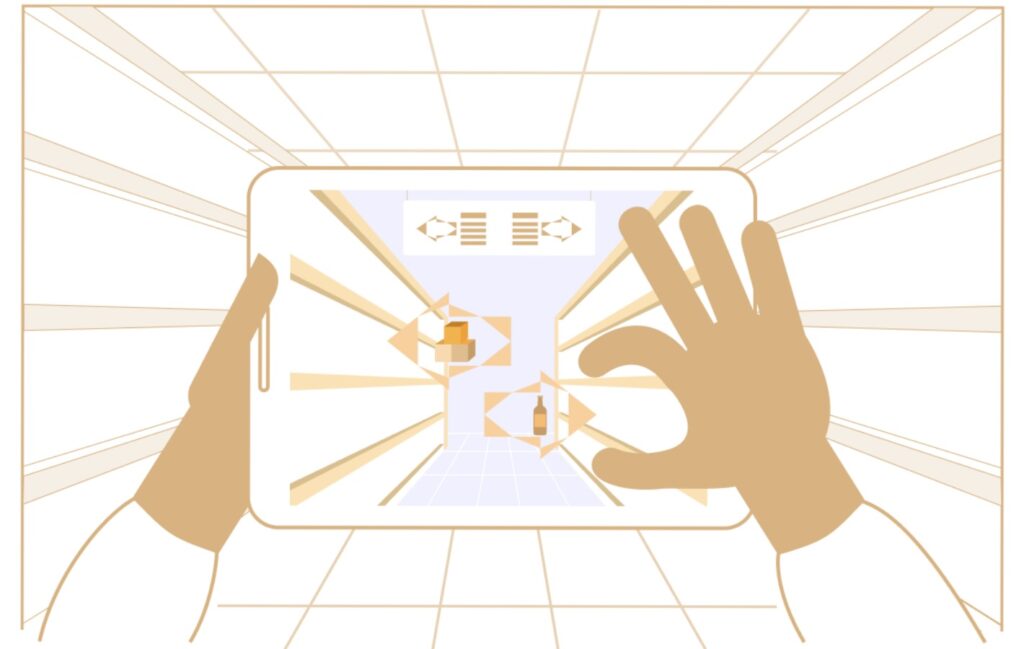
It’s Time to Adopt Virtual Twins
The tech to support these virtual consumer experiences exists today. It’s becoming commonplace, especially when it allows customers to immerse themselves in built environments.
If you’d like to find out more, contact us here.
With thanks to Tom Hostler for his editorial contributions.




 Jules Coke
Jules Coke

